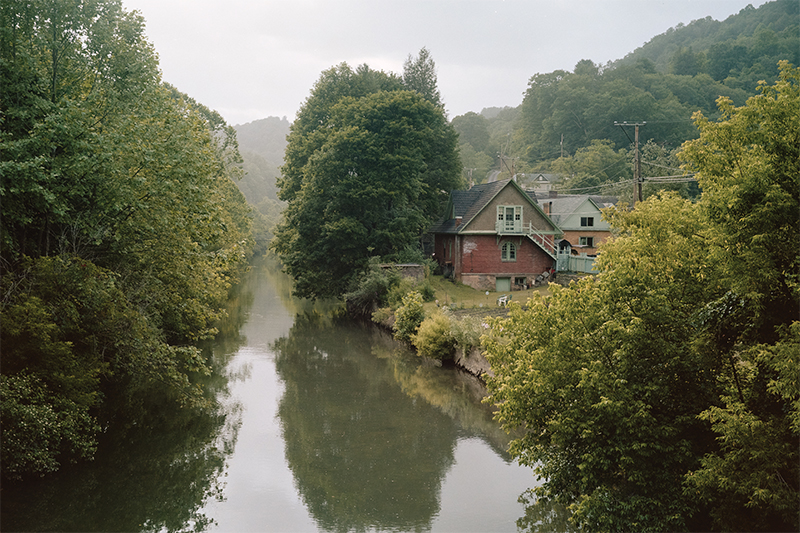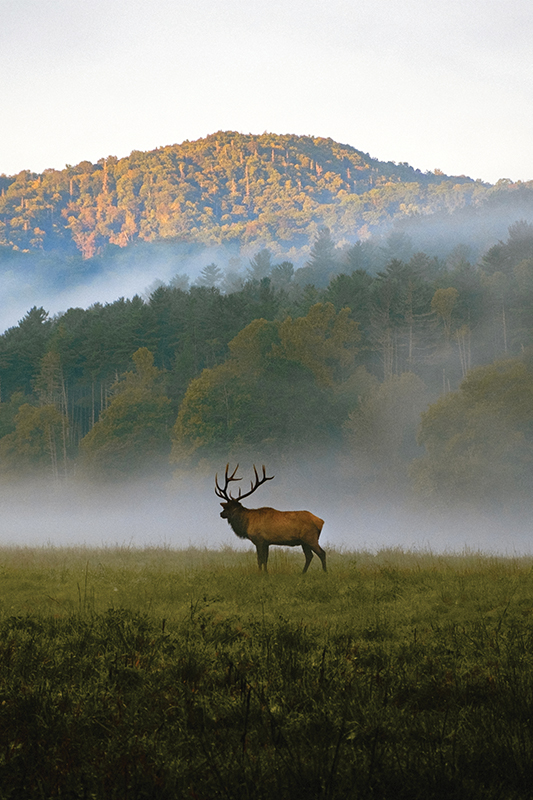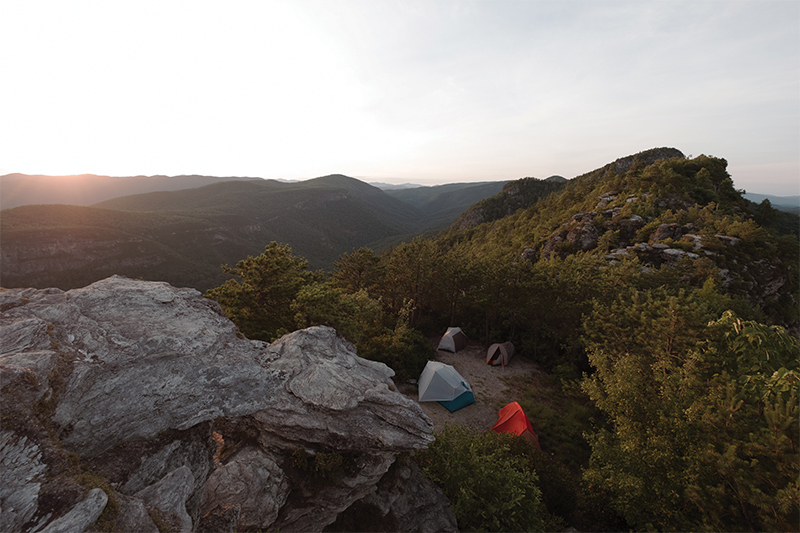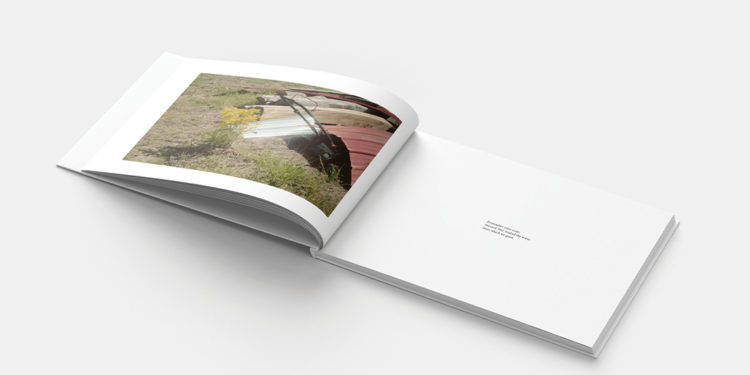Photos submitted by Lucas Wiman
You never know when inspiration will strike you. For Owensboro-raised photographer Lucas Wiman, the moment of inspiration for his most recent project came during a trip to visit family in Bluefield, Virginia, back in June. “I became enamored with the scenery of the area and the coal mines and history,” Wiman recalled, hinting at his love for Appalachian scenery. “I just sort of dove in and started reading books and watching films, and it just captured me.” Lucas has since titled the photo collection “Coming out for Air,” and says the goal of the project is to explore the process of Appalachian communities evolving into tourism economies and leaving coal dependence behind.Wiman hopes his photos will shine a light on small towns in Appalachia who are rebuilding their economies on outdoor recreation, music, hunting, rafting, and other interests. “So often you see negative publicity or stereotypes coming out of eastern Kentucky. That seems like a problem to me. But there are these cools stories popping up in these little towns. For example, Whitesburg (KY) has the coolest downtown, and right now it has one of the highest rates of growth among young people living in the area,” Wiman explained. “So there is a resurgence, or at least potential.”
The next step in the project is talking with the city of Pikeville to discuss how his photos could help them in their tourism efforts. “This began as a personal interest, but I would love for this to set me up to do this kind of work moving forward,” Wiman said.

He expects the project to last through the next several years as he pursues his Masters of Fine Arts at the University of Kentucky.
Now living in Lexington, Wiman seems to have found his creative second home in the mountains. After graduating from Daviess County High School, Lucas got his Bachelor of Arts degree at Georgetown College in 2017, then moved to Knoxville, Tennessee in late 2017 and paid his bills with wedding photography and shooting real estate photos for a cabin rental company in Gatlinburg. He also landed a part time job at a studio in Knoxville from 2018 until March of this year, when, like many artists and part-time employees, his primary source of income disappeared once the COVID-19 pandemic hit.
With all photo shoots for summer and fall of 2020 canceled, he came back to Owensboro to regroup, and spent the summer shooting photos of places he saw growing up, but this time with a more artistic eye. He also used that time to put more things on his online sales page, and seized the opportunity to compile his first photo book, titled “Summer in a Small Town.”
“I’ve been wanting to do a book for the past couple years. Especially since I’m changing the direction of my work from commercial type stuff and wedding photography to more documentary or editorial work. This book was a good segue into projects like this that I’d like to do,” Wiman said. The book also features Jordan Swift, another Owensboro native, who wrote some poetry pieces to accompany several of the photos.
After taking pre-sale orders for a month, Lucas ordered 450 softback and 50 hardback copies for his first edition run. By the time this issue goes to print, the pre-sale orders should be shipped to customers.
If you’re interested in a copy, the book is available at lucasalanwiman.com, which is Lucas’ website that also basically serves as a portfolio for his MFA.
One of the more popular photos on the site is a shot of a lone bull elk Wiman captured on a misty morning in the Cataloochee Valley in the Great Smoky Mountains National Park.

“The Cataloochee Valley is a pretty spot on the North Carolina side of the park that not many people go to,” Lucas explained. “That area is known for elk sightings. Usually they’re hanging along the treeline, and they stay hidden. So I got really lucky with that one coming out into the field like that. Any time you can photograph an elk, it’s pretty cool. But that morning, we got this great light and a nice layer of fog right behind it. That doesn’t happen very often. But that’s what made that photo.”
Looking at that elk photo, if finding good light is a photography skill gained through experience, it occurs to me that maybe the same principal applies to keeping a positive perspective through the pandemic.
As Wiman put it, “If COVID hadn’t hit, I wouldn’t have made a book this year. I’m glad I finally did it and got it done. I would love to keep making books in the future. I just love seeing my work in print in its final form, rather than just on a screen.”
That statement is indicative of the refocusing Wiman has done this year. For the past six months, he has shared very few photos on social media. “Sometimes sharing everything online makes me a little anxious about everybody seeing everything I do. Once you post something, it’s out there, everywhere, forever. But when it comes to printed work, whether it’s in book form, or framed on a wall, it’s more like a sacred space, because someone’s only going to buy it because they really want it. So you know they really appreciate it and love the work. And also, as an artist, you have more control of the final product they’re enjoying if you’re producing work to be printed. You can control the size, the type of paper, the framing. You can take that shot to the next level. This elk photo on my wall, for example, is presented well. It’s framed and matted, you can see the detail because it’s larger. And it will last longer than the same shot on my phone.”
He makes an interesting point.
Consider all the time invested in that one framed photo of the bull elk, for example. That particular photo was actually taken on the second trip. So half a day was invested in the first unsuccessful shoot. The second trip entailed another hour and a half drive to the location, which means Lucas left Knoxville at 4:30am to get to the valley before the sun came up. He then shot until the light was not good, around 9am, then made the return trip home. He clocked another three or four hours combing through all the shots to find the “keepers,” and then several more hours editing the best shots. Only then was the final selection sent off to be printed. Once it was printed, it was then taken to a frame shop.
That’s a good amount of time involved in that one photo on the wall. And that’s not accounting for the equipment expenses for the camera, lens, other gear, editing software, and gas in the car.
But therein lies the reward. “Most people understand that a painting takes hours, maybe days or weeks. But what most people don’t understand is there is way more involved in a good photograph than just clicking a button. There’s the research to find the site, then the work of getting to the site, which sometimes involves camping out the night before so you’re already there in the morning. There have been several spots in the Smokies or Pisgah forest that I’ve camped at least three times to get the right conditions to get a certain shot of a flower, or tree, or sunset or sunrise in the light I hoped for.”
But other times, Lucas says the adventure of photography is as simple as jumping in the car to see what you see, pulling off the road and letting the lens capture natural beauty. Or letting the culture of a town speak to you. Which is the constant theme running through “Summer in a Small Town,” “Coming Out for Air,” and other projects like the Blue Bridge Coasters. (See sidebar for that story). With the ultimate goal of teaching on the college level, Wiman hopes to continue helping nonprofits with his photography, shooting freelance editorial work, and relying on the mountains for more moments of inspiration.











